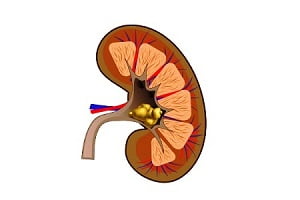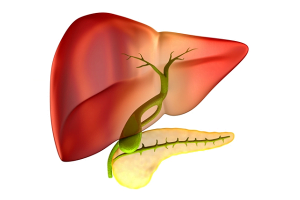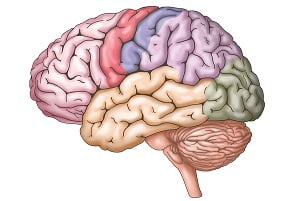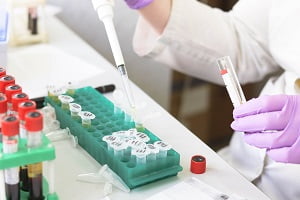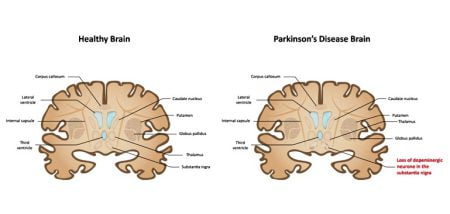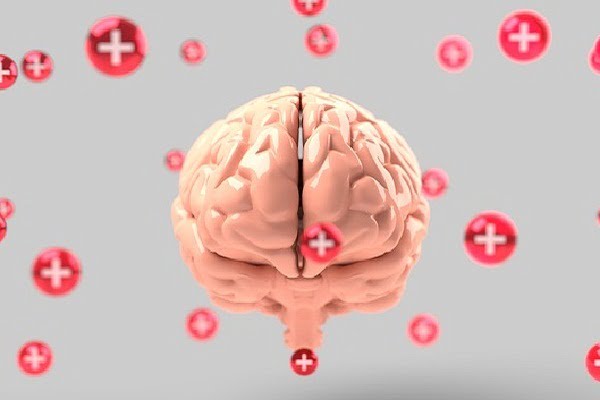
Patients of Parkinson’s disease suffer from weakness in their limbs or legs, hands or arms. Most of the times, this weakness is referred as “The Shaking Palsy” where “shaking” implies to the tremor and “palsy” means weakness. Studies have shown that muscle weakness improves with dopamine treatment in Parkinson’s patients.
What is Parkinson’s Paralysis?
Parkinson’s paralysis is a common term used by patients of Parkinson’s disease and is generally referred as a result of loss of muscle function in the person who is suffering from Parkinson’s disease. Paralysis is basically of two types i.e. complete or partial and can occur on either sides of the body.
Paralysis attack on the body can be widespread or can just occur in one area of the body. In many cases, Parkinson’s disease leads to “paralysis agitans,” meaning complete weakness.
Is “paralysis” an accurate term for muscle weakness during Parkinson’s disease?
Paralysis is defined as the loss of muscle function of the body and is a curable condition. Stroke or injury such as spinal cord injury is considered as common and major causes of Parkinson’s disease. Attack of paralysis may also occur in cases of cerebral palsy, post-polio syndrome, brain injury, etc.
In some cases, paralysis is a birth defect. Parkinson’s attack is not a paralysis attack but because the symptoms for both are similar, people often cannot distinguish between the two.
Patients of Parkinson’s disease also suffer from muscle weakness but it is not justified to categorize this muscle weakness as paralysis. In 1962, researcher Denny-Brown explained the difference between the two conditions. He stated that paralysis agitans occur with tremors and arteriosclerotic Parkinsonism is characterized by muscle rigidity and slowness of movement.
Paralysis is in itself is a disorder but there are some chances that patients of Parkinson’s disease might suffer from it.
Although paralysis occurs due to some severe injury which results in cutting blood supply to the brain and Parkinson’s disease is the degeneration of neurons, but in some cases, the main cause i.e. dopamine loss can correlate these conditions. Some patients experience “internal tremors” which might be vaguely stated as Parkinson’s paralysis. If these tremors are severe and long-term then it is a serious concern among Parkinson’s patients.
How patients feel about the Parkinson’s?
After coming in contact with many Parkinson’s patients, we have realized that nothing can make you fall if you have the resilience and courage to fight with it. Patients describe their pain and discomfort as a frustration when they were diagnosed with this disease. A patient said that “it felt as if the life completely drained out of my right arm from the elbow down” when tremors began.
Some patients added that it is correct to use “Parkinson’s paralysis” as a term for the rigidity, unfamiliar pain and stiffness they felt in their arms and limbs muscles.
Although there is no cure for Parkinson’s disease but many patients are trying to overcome this disease with self determination. Facing the fear is the best way to deal with such un-curable conditions. Family support and self education are major pillars that help patients to fight with the disease. Medicines help restore the neural functions of the brain for certain periods but cannot regenerate them making this progressive disease unbearable.
